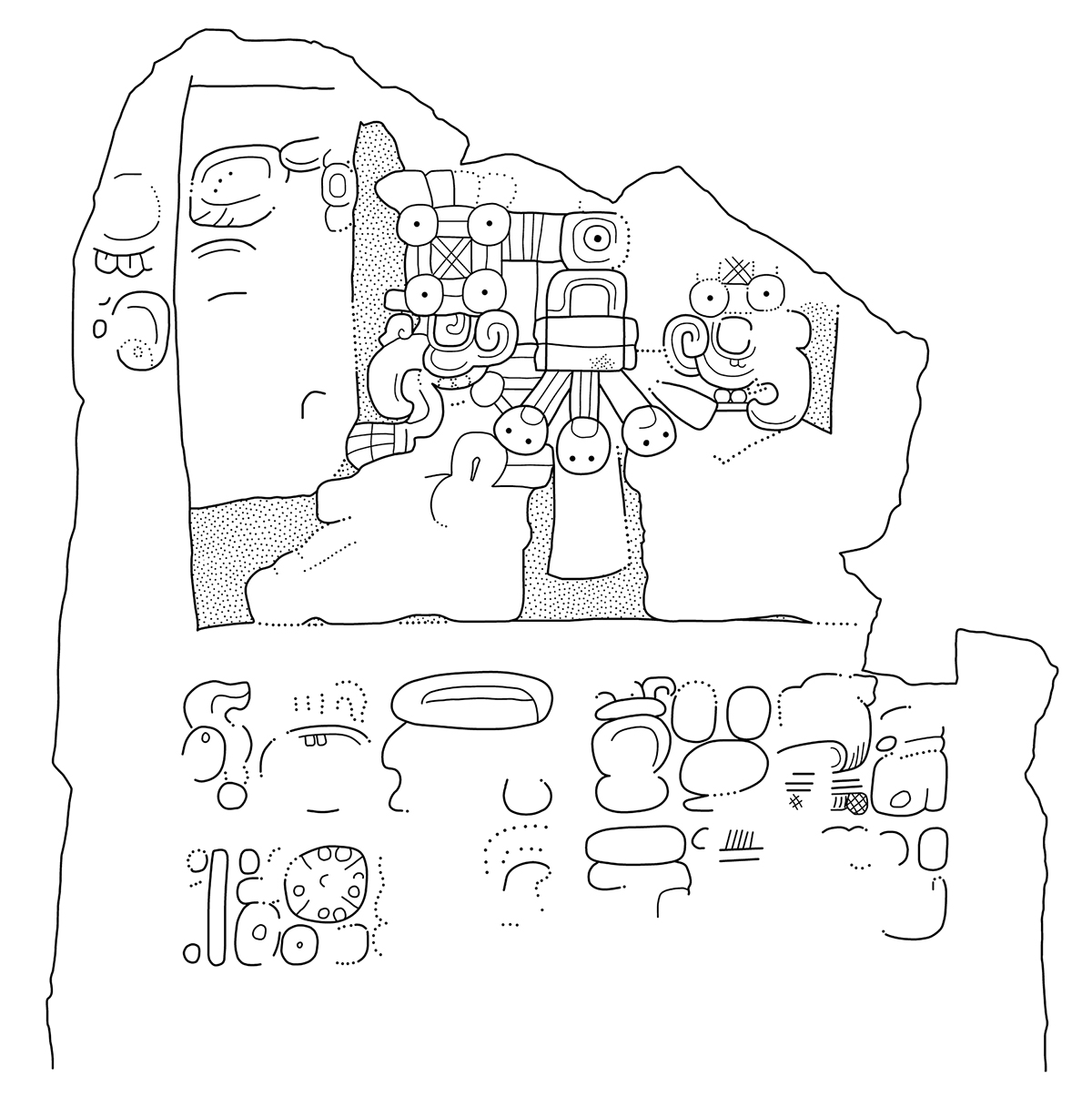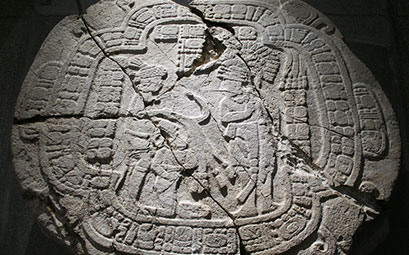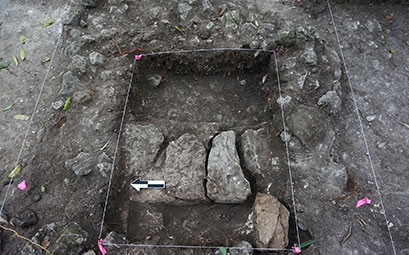Success amid the Maya Collapse: Ucanal, Guatemala
Curatorial Section
Research Discipline
Anthropology
Expand Global Research
Over more than a century, we’ve opened up endless exploration across six continents. New field work endowments will ensure our continued leadership in national and international field research and discovery.
Give Now- Time Period Studied
-
The site of Ucanal was founded at some time between 1000 and 400 BCE, but the period of most interest is the last century of its life, between 800 and 900 CE.
- Location Information
-
Ucanal is located in what is now northeastern Guatemala.
- Researcher(s)
-
- Dr. Simon Martin, Keeper/Curator of the American Section, Penn Museum
- Dr. Christina Halperin, Assistant Professor in the Department of Anthropology, Université de Montréal
- Jose Luis Garrido López, Universidad de San Carlos
- Project Description
-
There has been no shortage of theories about the Maya collapse and the cause of the transition between Classic and Postclassic societies. They run the gamut from pestilence, earthquakes, hurricanes, invasions, peasant revolts, noble revolts, uncontrolled warfare, shifting trade routes, cultural decadence, climate change, over-exploitation of the environment, and, for good measure, prophecies and millennial superstitions. Of course, there may have been more than one “cause”. Indeed, there is barely an anthropologist working in the field today who does not believe in some combination of interacting factors. Archaeologists can chart the steeply rising populations of the eighth century and track the changes to material culture and lifestyles that took place. Undoubtedly the most exciting source of data in recent years has been from paleo-climatology. Specialists have been studying lake sediments and speleothems (stalactites and stalagmites), and consistently uncovered evidence for significant droughts at the relevant time. These droughts were so severe and long-lasting that it is hard to believe that they did not have a role to play in the social disintegration of the ninth century. But even if famine had a major impact, it will not tell us about the social responses to a changing environment and the political dynamics of this traumatic time.
The most powerful tool in understanding Classic Period politics has been the decipherment of the Maya script and the ability to read their inscriptions. This has provided a wealth of data and offers such chronological precision that we can usually place events to an individual day. But the final century of the Classic era is a difficult one for epigraphers to study. This is both because the output of inscriptions drops significantly and because the texts that were produced become shorter and more restricted in their subject matter. Historical references fall away and some topics, including warfare, disappear altogether.
But a monument in Penn’s own collection, Caracol Altar 13, drew my interest to this trouble time. Commissioned in 820 CE by a king we call K’inich Toobil Yopaat, it shows him interacting with another lord called Papamalil who ruled at Ucanal. Although Papamalil looks as if he is an inferior in the scene the text suggests otherwise, as he supervises the activities of the Caracol king. The Ucanal lord has some strange features: lacking the local royal title but carrying one that indicates the highest political rank. We already knew that Ucanal had an atypical florescence in the ninth century, but there were few well-preserved inscriptions at the site to tell us more about its activities. News that Christina Halperin and her colleagues were planning a new excavation at Ucanal was therefore most welcome. Starting in 2014, the team has been excavating in the core of the site, including areas that were redeveloped in the ninth century.
These are still early days, but the project has already discovered one monument, Stela 27, that had been deliberately buried. It is only a fragment showing a king’s feet and fancy sandals, but it does carry a text from an appropriately late era. Sadly, this is rather damaged, although new photogrammetry (a technique that produces a 3D image of a surface) will certainly prove to show more detail. The hope remains that further monuments will be found and that they will help us to understand how the Papamalil regime bucked the trend and built its powerbase while others Maya cities were being abandoned. Ucanal is sure to be an important part of the collapse story, the question is whether we can find out how and why.
The unraveling of Classic Maya civilization in the ninth century CE remains one of the most enigmatic events in world history. In little more than a century a landscape once inhabited by millions was left all but empty and its great cities reclaimed by the forest. But in the midst of that process a handful of cities underwent not decline but growth, with new monumental construction and an increased population. One of those places was the hilltop site of Ucanal in Guatemala, and in collaboration with an excavation project directed by Dr. Christina Halperin at the Université de Montréal, Dr. Simon Martin from the Penn Museum seeks to understand the last era of Ucanal’s occupation through its inscriptions.
People Associations







